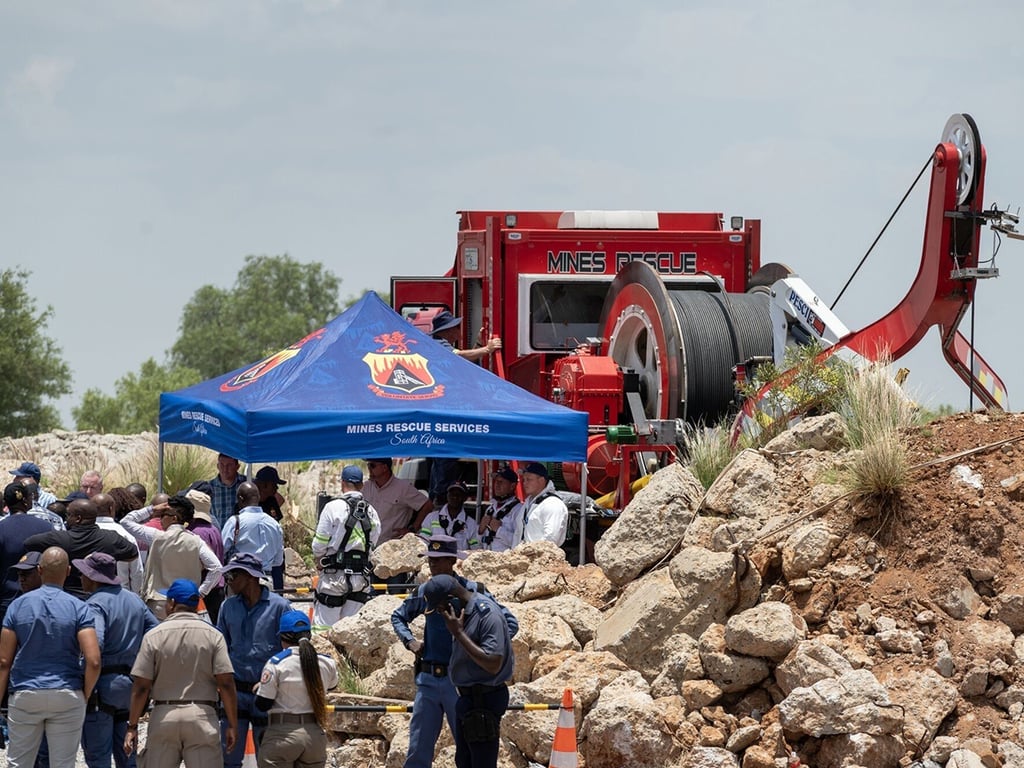News Flash
News Flash

JOHANNESBURG, Jan 15, 2025 (BSS/AFP) - Sixty bodies have been removed from
a disused gold shaft in South Africa, months into a campaign to try to clear
out illegal miners, police said Wednesday.
Authorities began trying to remove the bodies and bring up survivors on
Monday, after residents voiced fears that over 100 people may have died in
the mine in Stilfontein, about 140 kilometres (90 miles) southwest of
Johannesburg.
"On day two of operations, a total of 106 alive illegal miners were retrieved
and arrested for illegal mining. Fifty-one were certified dead," police said
in a statement. Nine bodies had been removed the previous day.
The mine runs 2.6 kilometres (1.6 miles) underground, and a specialised
machine was brought in Monday to lift out the miners and the bodies, a
handful of people at a time.
South Africans call these miners "zama zamas" -- "those who try" in the Zulu
language. They're often migrants from neighbouring countries, accused by
residents of criminality.
Police have voiced fears that hundreds more could remain underground, but at
a visit to the site Tuesday, Police Minister Senzo Mchunu declined to
estimate how many could be there.
"There is no way on earth anyone can come and say: 'I know for certain that
there are so many'," he said. "Every number that we have here is an estimate,
is a guess."
A video sent to AFP on Monday by Macua, a group that advocates for the
miners, appeared to show dozens of corpses wrapped in cloth in the mine
chambers.
More than 1,500 illegal miners have been arrested at Stilfontein since
August, when authorities first started to remove them. South Africa has
deported 121 of them, police said.
The survivors have appeared emaciated, their legs reduced to skin and bones.
Authorities had at one point tried cutting off food and water supplies to the
mine, to force out the miners. But a court ordered in November that police
must end all restrictions at the shaft, allowing people above ground to
resume lowering food and water to those below.